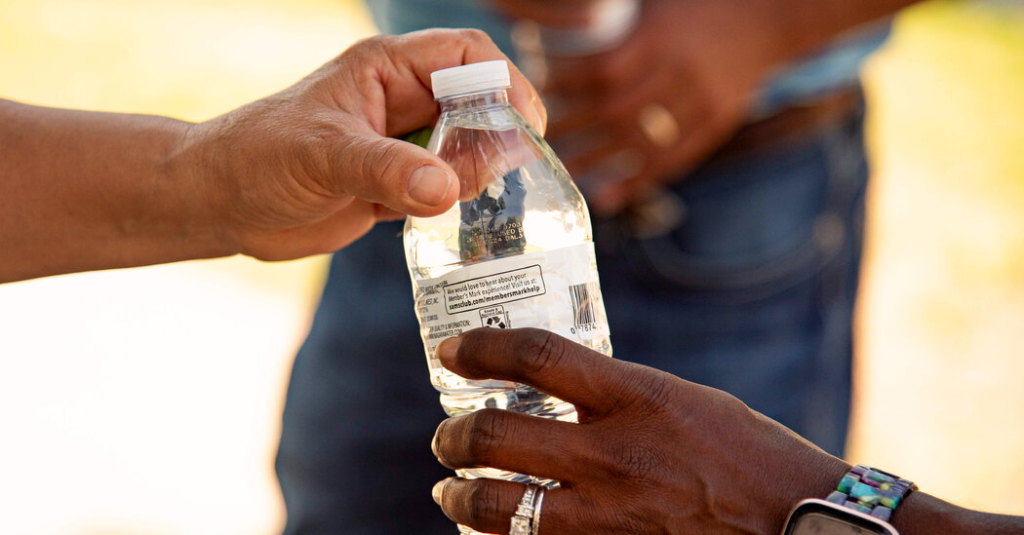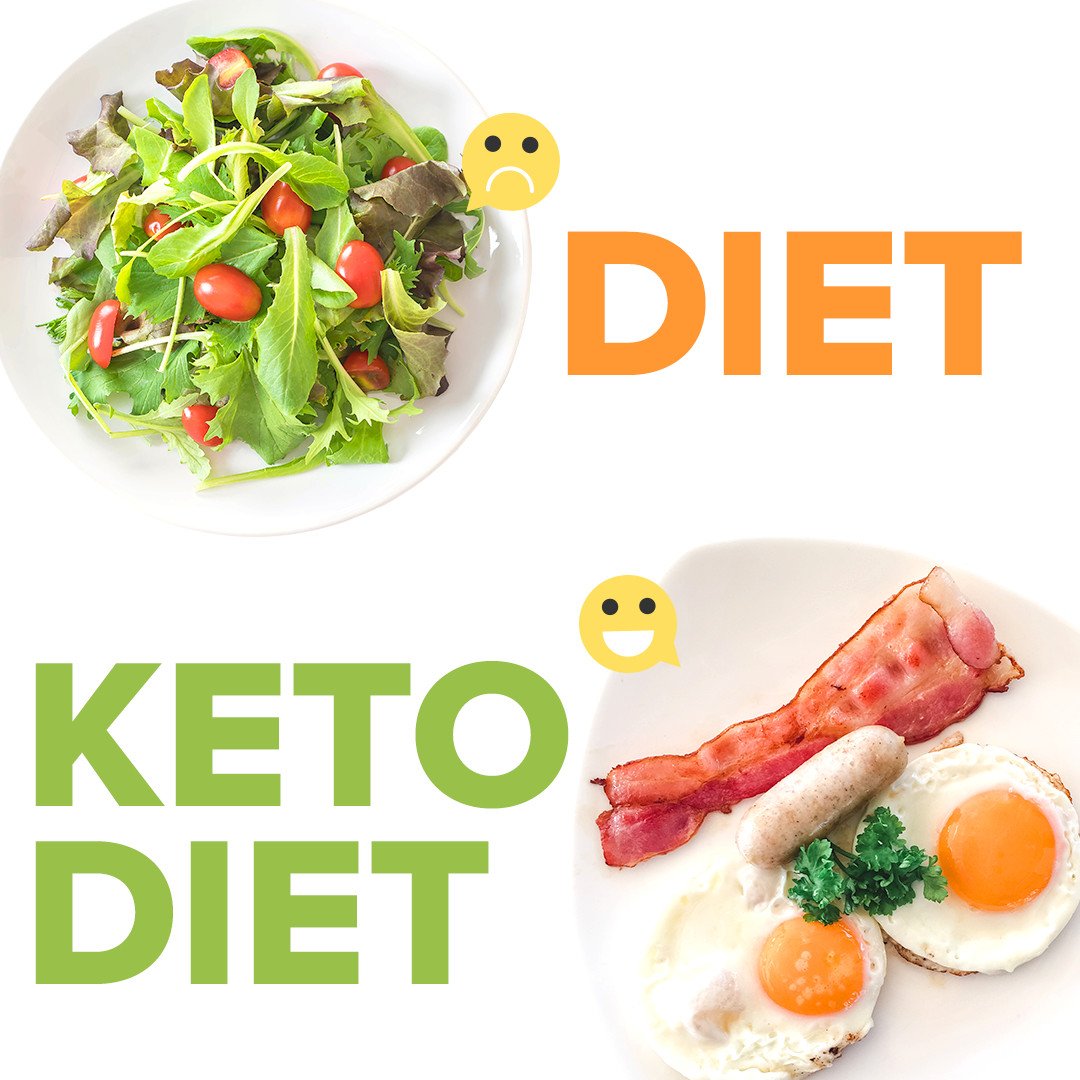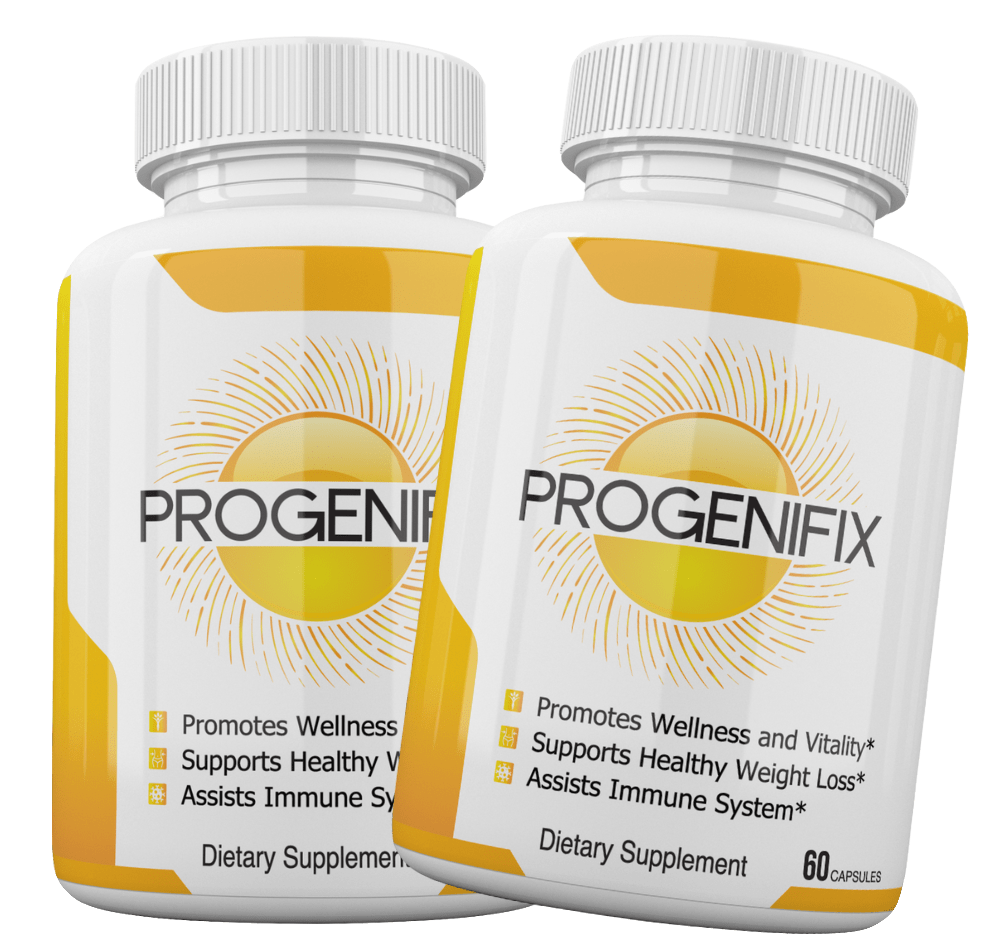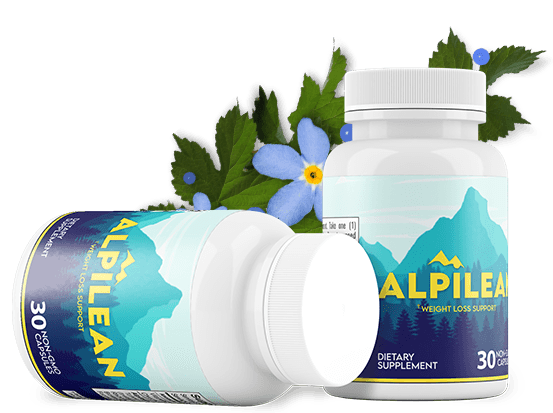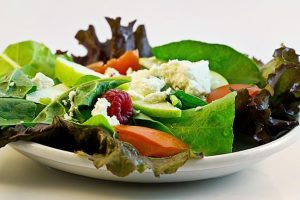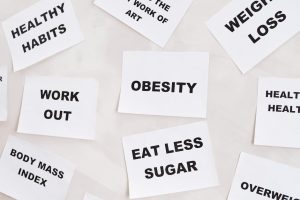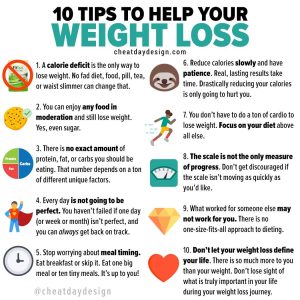A liter of bottled water comprises practically 1 / 4 of 1,000,000 items of nanoplastic on common, in keeping with new research printed this week within the Proceedings of the Nationwide Academy of Sciences.
Measuring lower than a micron, these nanoplastics are sometimes a tiny fraction of the dimensions of a speck of family mud. Within the new examine, scientists developed a novel imaging approach which confirmed that the variety of nanoplastic particles in bottled water was between 10 and 100 occasions larger than beforehand estimated, stated Wei Min, a biophysicist at Columbia College and a co-author of the examine.
“Hundreds of thousands of tons of plastic are produced around the globe every year,” stated Douglas Walker, an analytical chemist at Emory College who was not concerned within the new analysis. Microscopic particles from these plastics can find yourself in meals and drinks within the manufacturing course of — they is perhaps launched via plastic tubing utilized in equipment, for instance — or leach in from packaging equivalent to plastic bottles.
“If you concentrate on the potential for his or her presence as environmental contaminants, it’s enormous,” he stated.
However whereas nanoplastics and barely bigger particles, referred to as microplastics, are more and more being present in our food, drinks and even our our bodies, their results on our well being are nonetheless unclear.
Right here’s what we all know to date, and what you are able to do to scale back your publicity.
Can nanoplastics in water hurt your well being?
Researchers don’t have sturdy proof but for the way these particles have an effect on our well being. A handful of small research have discovered that they’ll cross the blood-brain barrier, enter the placenta and present up in our urine.

